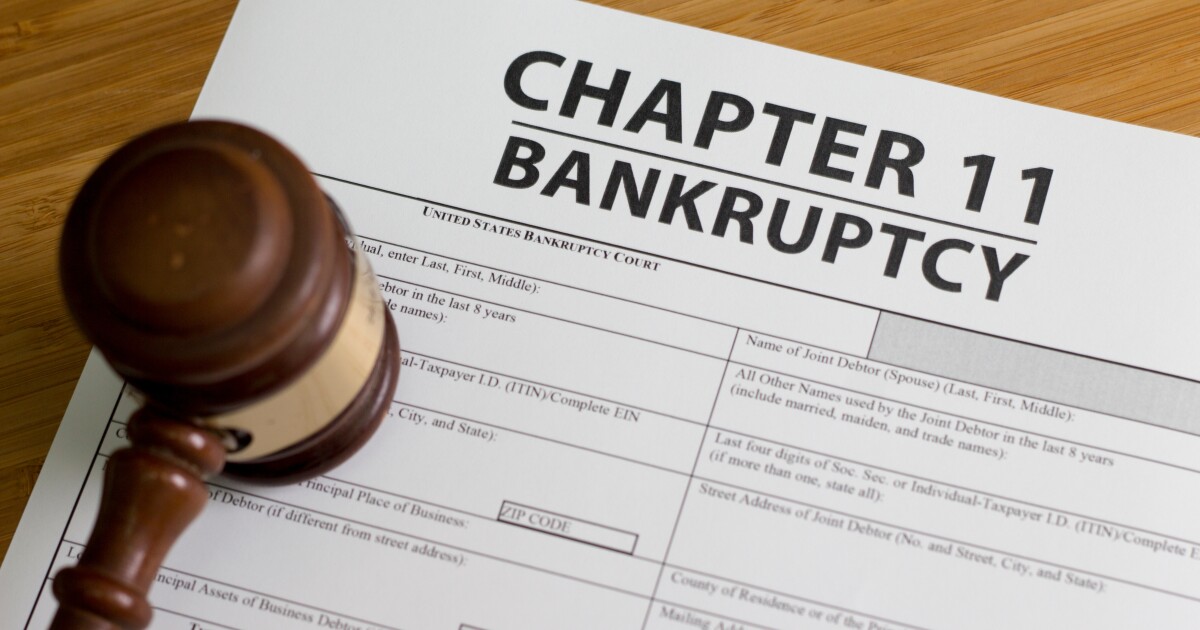Municipalities face obstacles to broadband funding
3 min read
Municipalities looking to access federal funding for expanding broadband access face a maze of one hundred programs administered through fifteen federal agencies.
The persistent challenges were revealed during testimony Wednesday during the House Energy and Commerce Committee hearing that explored what’s happening to $100 billion being spent on broadband access while 24 million Americans households don’t have internet access.
“For potential recipients the challenges are even more acute,” said Andrew Von Ah, Director, Physical Infrastructure, Government Accountability Office. “They must navigate a complex web of eligibility requirements, definitions and deadlines that vary across all the programs.”
“The United States broadband efforts are not guided by national strategy with clear roles, goals, objectives and performance measures,” said Rep. Morgan Griffith, R-Va. “I would submit that a national strategy is needed.”
Connecting the unconnected can produce costly and unsustainable solutions. Dr. George Ford, chief economist, Phoenix Center for Advanced Legal & Economic Public Policy Studies,cited an example that would require a $150,000 investment to connect one home with an 80% probability that the occupants would subscribe to a service.
“You should be spending no more than $20,000 in subsidies for a connection,” he said. Ford voiced objections to regulating rates for the subsidized, using union labor for installs, and imposing unbundling requirements on internet providers.
Ford also attacked the strategy of municipalities tapping federal funds to become broadband providers. “You do not fund competition. It’s wasteful for many reasons. We don’t need people who aren’t in the broadband business to get in the broadband business. Let’s limit the money to professionals and we’ll get better products.”
Municipalities considering a move into broadband are typically opposed by internet providers and may run afoul of some state laws. Angelina Panettieri, legislative director, Information Technology and Communications, National League of Cities would like to see the laws changed.
“Congress should remove state limits or prohibitions on local government or cooperative ownership of broadband,” she said. “Local governments and co-ops are in a position to offer reasonably-priced broadband service to communities that have been neglected or mistreated by the market and should have the opportunity to make their own decisions about whether to do so.”
Vermont has one of the lowest broadband connection rates in the nation. The state has formed communication union districts, tapped federal money from the CARES Act and ARPA, but is still coming up short in its broadband buildout.
The city of Baltimore, Maryland uses Comcast as its main internet provider. In 2018 the city was showing nearly 41% of its citizens without a connection. The city has been tinkering with a publicly owned, broadband effort stood up with federal funds. Traditional broadband providers question what happens when the funding stops and how will the nascent cable operators keep up with rapidly changing technology.
A shortage of urban connectivity is not unique to Baltimore.
“The lack of serious federal or state regulation has allowed digital redlining to proliferate,” said Panettieri. “Broadband providers are cherry-picking the most lucrative neighborhoods for development and neglecting infrastructure in less-profitable ones.”
According to the NLC rethinking broadband as a necessary utility would require updating the Universal Service Fund, which funded putting landlines into rural areas at an affordable rate. They believe that revising the Net Neutrality Law to clarify the FCC’s role and updating the Telecommunications Act would also help.







